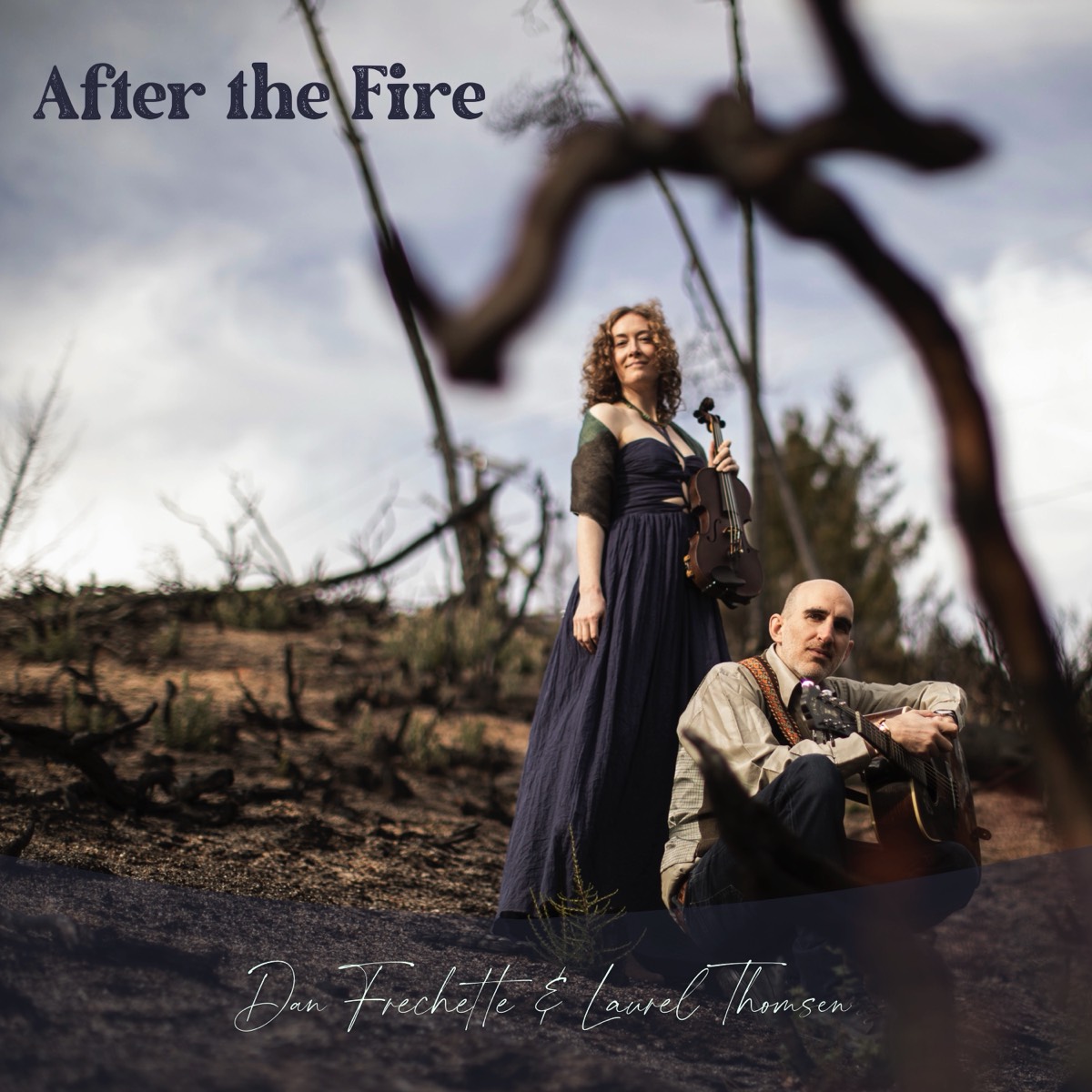I can’t say if this is a trend yet, but suddenly, twice in the past month I’ve been asked by wedding clients whether the musicians in my trio have to be set up near each other to perform, or whether we can be scattered around the venue, and here’s the kicker, still play the same song together! One client wondered if one musician could be at the back and the other two flanking the altar area as she proceeded down the aisle, giving her 75 guests a “surround sound” experience, outdoors, on a beach, without amplification. This latest one asked if each one of us could set up in opposite corners of a medium sized ballroom, on the periphery of 150-200 chatting guests. Only in the movies, folks!
Yes, it’s felt good to exercise my “no” muscles. At the same time, I always have to at least entertain requests, and my personality is to try to be accommodating. Unfortunately, in very professional, courteous ways I’ve had to explain that I can’t change the fact that sound doesn’t travel as fast as the speed of light. Latency is definitely an issue with sound traveling across a space. We’ve all been taught how counting the seconds between seeing lightning and hearing thunder can estimate how close we are to the storm. For every foot of space between one musician and the next we need to add about 1 ms of latency. It doesn’t sound like much, but beyond just 20 ms/standing 20 feet apart latency becomes noticeable and increasingly difficult to overcome. Beyond the auditory component, visual cues and even occasional eye contact with the people you’re playing with are extremely helpful for staying in sync. That might be difficult across a sea of guests, tables and chairs, and caterers weaving in between. And I’d argue that having a tight rhythm is probably the most important element driving the chemistry and magic we experience with some musical groups over others. It’s a treat when we find those people. It’s like our heartbeats match up and in that space of trust and oneness we don’t even have to think about it, it just works. Of course, unfortunately the event music scene is mostly pickup groups. So many of the wedding “quartets” and “bands” showing up aren’t the people advertised on the website, which is just some agent far away who fills out the instrumentation from a huge list. First come first served. Show up, meet the other musicians for the first time and read the provided sheet music or charts.
Which brings me to existential questions about music and human beings. Has music become more about a spectacle than a sound? And on the topic of sound, if it’s more about whether it makes the listener feel cool, sexy, and/or wealthy, than about whether it’s made them think and remember, forced them to confront deep but necessary feelings, if they’ve been transported, or experienced awe? I often wonder if many of the iconic musicians of the past could make it today, most not being as “attractive” as today’s Instagram influencers, and having voices or instrument sounds that are unique and natural, certainly not auto tuned, or even heavily compressed and effected. Can the spectacle of music still move people like we know the sound of it can? Have we gotten so immersed in our curated social media lives that we really only care about the image of a live musician, not the actual music?
Of course, common sense aside, I do enjoy the mental exercise that troubleshooting and problem solving presents... maybe if we all had in-ear monitors and they were louder than any out of sync strain of ambient sound we could still hear from our actual musician colleagues 30 feet away? Even then, would it be weird for guests in one area of a space to hear mostly the bass, in another the guitar, and in another the violin? Or maybe the beauty of it would be that guests could experience an highly individual mix and panning based on where they decide to stand? Or maybe, we’re all amplified loudly enough, like at a stadium show, so guests would have to be standing pretty close to a particular musician to hear any one instrument over another? Of course, then we’re not really background music at someone’s cocktail hour anymore! Or we could combine the trend of live musicians performing with backing tracks - pump out the track with multiple speakers throughout the space (yes, we’re still trying to just ignore the latency issue), get us all monitored up and amplified, and then each one of us can just wail away in our own corner. At that point, maybe forget the need for a chordal and rhythm instrument, maybe even the bass, just swap in some lead instruments all soloing to the same track in totally different areas of the venue, where none of us can hear each other? Guests can wander around, hearing the violin solo in one area, a sax solo in another, and a keyboard, harp, or lead electric guitar somewhere else entirely… At that point, maybe we’re back to the pickup band and none of the musicians even know each other? There’s certainly no rehearsal. It’s just three different gigs, and kind of like the bar scene in most any town: at each one you walk into they just happen to be playing “Brown Eyed Girl”?
-Swan Nebula photo care of NASA

